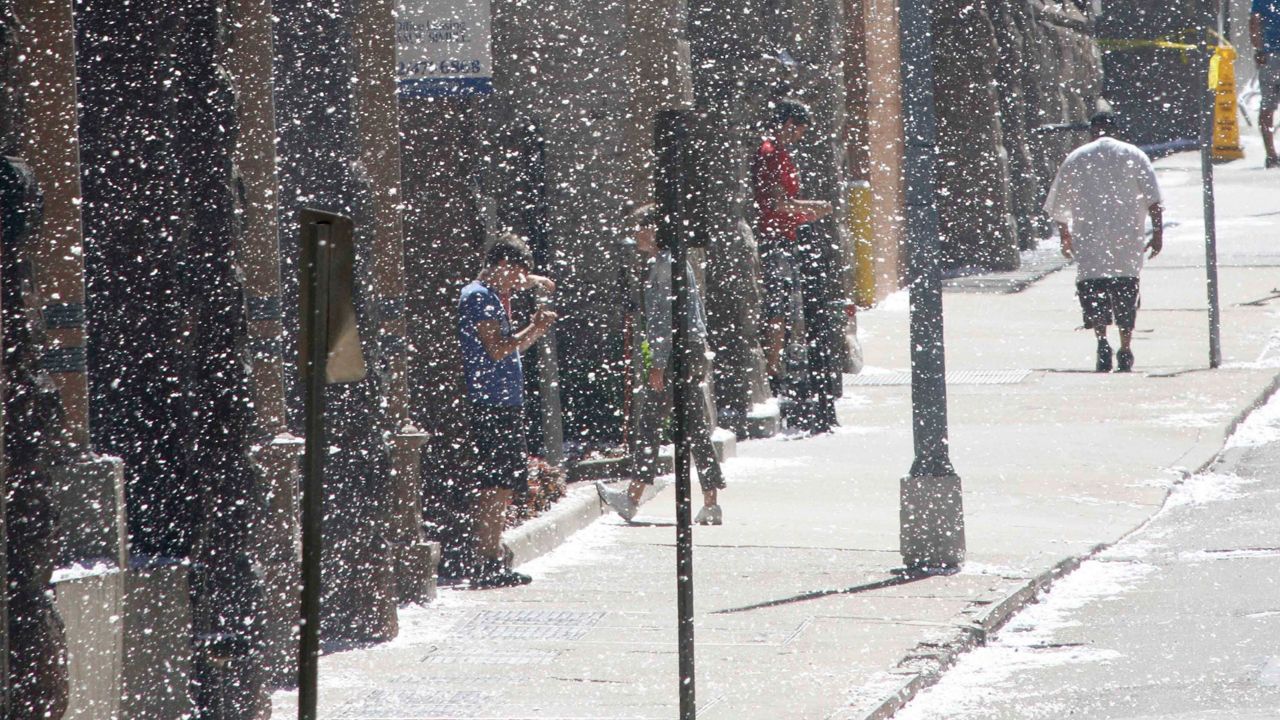We all know that snow is big business when it comes to the winter sports season, but that’s not all. The look of snow is a big deal in winter-themed movies and most of the snow you see on the big screen isn’t snow at all! Let’s explore the business of faux snow on the silver screen.
What You Need To Know
- Professional snow-makers create a variety of artificial snow types ranging from ice droplets to dry products
- Snow that’s used in films, television shows and commercials can cost thousands to millions of dollars
- Some common faux snow varieties are made of plastic, paper or foam
- Entertainment companies came up with new, sustainable and environmentally friendly snow-making products
Real snow is precipitation that's made of six-sided ice crystals formed directly from freezing of water vapor in the air. The very intricate details within snowflake crystal formation is one of nature’s very special gifts and it might be why we associate happy feelings with the very thought of snow, especially around the winter holidays.
It’s this joyful feeling that moviemakers are attempting to portray in their stories, whether the snow is real or not.
In classic movies, snow was made of things like salt and flour, painted corn flakes, cotton and marble dust... and before they knew of its harmful effects, asbestos!
The special-effects department head at RKO (one of the Big Five studios of Hollywood's Golden Age), Russell Shearman, won an Oscar award in 1949 for his snowy four-acre movie set in "It’s a Wonderful Life." Shearman formed a mixture of Foamite (found in fire extinguishers), soap, sugar and water that was shot out of canisters then blown across the set by large electric fans.
Today, artificial movie set snow comes in several varieties: soft and fluffy; heavy, wet and dense; or even sparkling. Paper products are the most common form of artificial movie snow for indoor movie sets with flurries and snowfall.
Set designers also use biodegradable, eco-friendly faux snow that consists of food-grade ingredients and recycled cellulose paper to create their vast winter wonderland. The biodegradable ingredients can dissolve without leaving a potential for harmful runoff. A professional arts team of movie set dressers mechanically sprays the artificial snow formula onto objects like windows, vehicles and buildings.
In the distance and out of focus, a large area on set is covered in large, white woven tapestries called snow blankets. Snow blankets are often used to give a background snow filler look in combination with other types of fake snow.
Snow product viability is also important to keep the continuity of a snowy look over time. Materials like paper or foam stand a good chance of remaining consistent long enough to finish the shoot.
Lastly, the most up-to-date version of movie snow can actually be digitally overlaid during the computer editing process. This occurs by using software that creates a snowy overlay. Digital snow editing is quite intricate, with a variety of snowy looks and textures from accumulating to melting snow.
Artists and directors have quite the selection of snow products, depending on the type of wintry looks they wish to create. Plenty of time, effort and investment goes into movie snow-making for show business and it’s all for our enjoyment!



